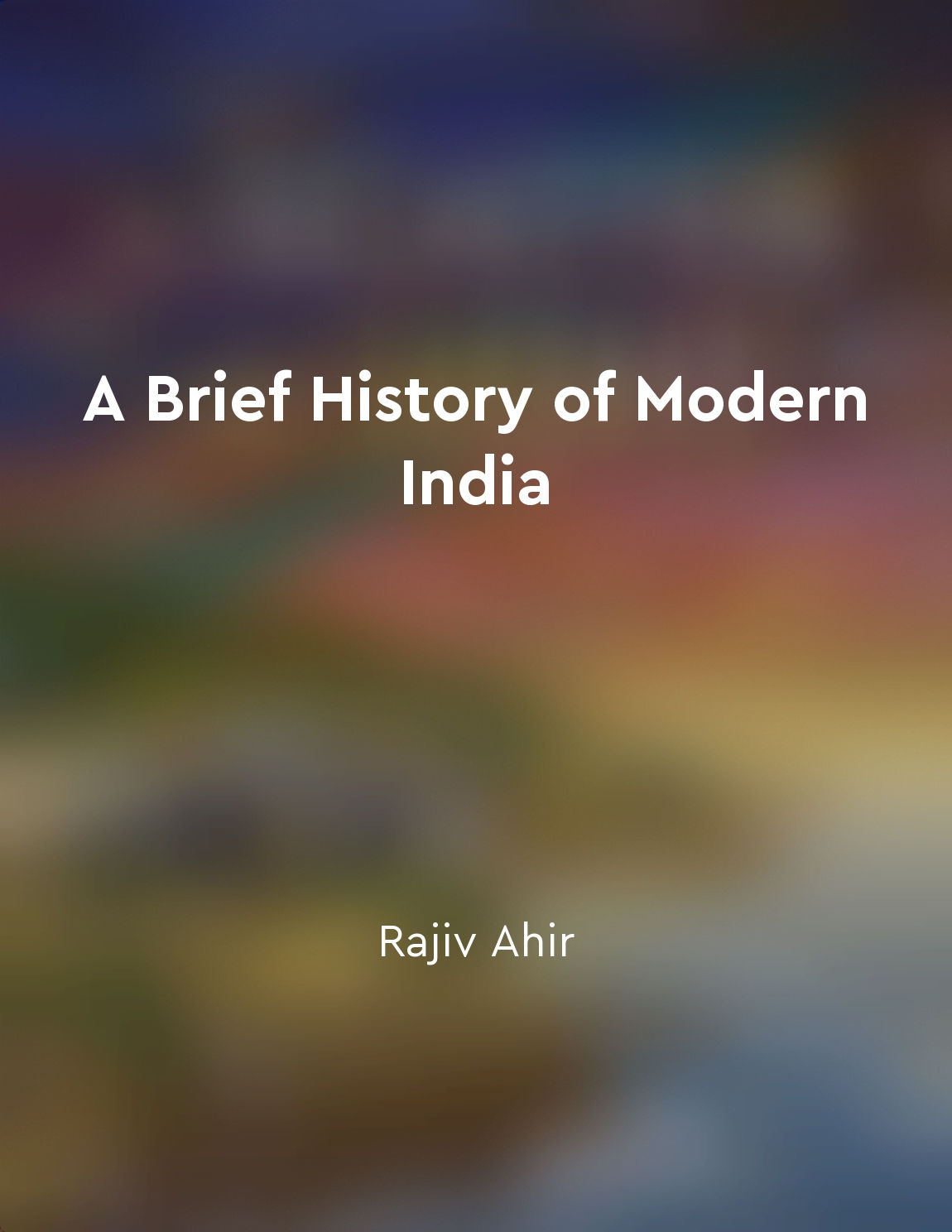Labor dynamics evolved with industrialization from "summary" of A Business History of India by Tirthankar Roy
The transformation of labor dynamics in India was deeply intertwined with the process of industrialization. Before the advent of industrialization, the Indian economy was primarily agrarian, with most people engaged in agricultural activities. However, with the emergence of large-scale industries in the 19th century, there was a significant shift in the composition of the workforce. Industrialization led to the growth of factories and urban centers, attracting a large number of people from rural areas in search of employment opportunities. This resulted in the formation of a new class of industrial workers who were employed in factories and mills. These workers typically worked long hours in harsh conditions, often for meager wages. The industrial workforce was characterized by a high degree of mobility, as workers moved from one job to another in search of better opportunities. This mobility was facilitated by the concentration of industries in certain regions, leading to the formation of industrial clusters. These clusters became centers of economic activity, attracting workers from far and wide. The relationship between labor and capital also underwent significant changes with industrialization. As industries grew in size and complexity, the need for skilled labor increased. This led to the emergence of a new class of skilled workers who commanded higher wages and enjoyed better working conditions compared to unskilled laborers. At the same time, industrialization also gave rise to labor movements and trade unions, as workers organized themselves to demand better pay, working conditions, and rights. These movements played a crucial role in shaping labor laws and regulations, ultimately leading to the improvement of labor standards in the industrial sector.- The process of industrialization had a profound impact on labor dynamics in India, transforming the structure of the workforce, the nature of work, and the relationship between labor and capital. This evolution continues to shape the Indian economy and society to this day.
Similar Posts

Free trade agreements promote open markets
Free trade agreements are designed to reduce barriers to trade between countries, such as tariffs and quotas, in order to promo...

Empathy must be cultivated
Empathy is not something that comes naturally to everyone. It is a quality that must be nurtured and developed over time. In or...

Social responsibility is vital
The idea that one must consider the impact of their actions on society as a whole is a fundamental principle that runs through ...
Importance of foreign trade for India
Foreign trade plays a crucial role in the economic development of India. It refers to the exchange of goods and services betwee...
Gandhian principles had a profound impact on the freedom movement
During the freedom movement in India, the principles advocated by Mahatma Gandhi played a crucial role in shaping the course of...

Emergence of Indian nationalism
The emergence of Indian nationalism was a significant development in the history of modern India. It marked a turning point in ...

